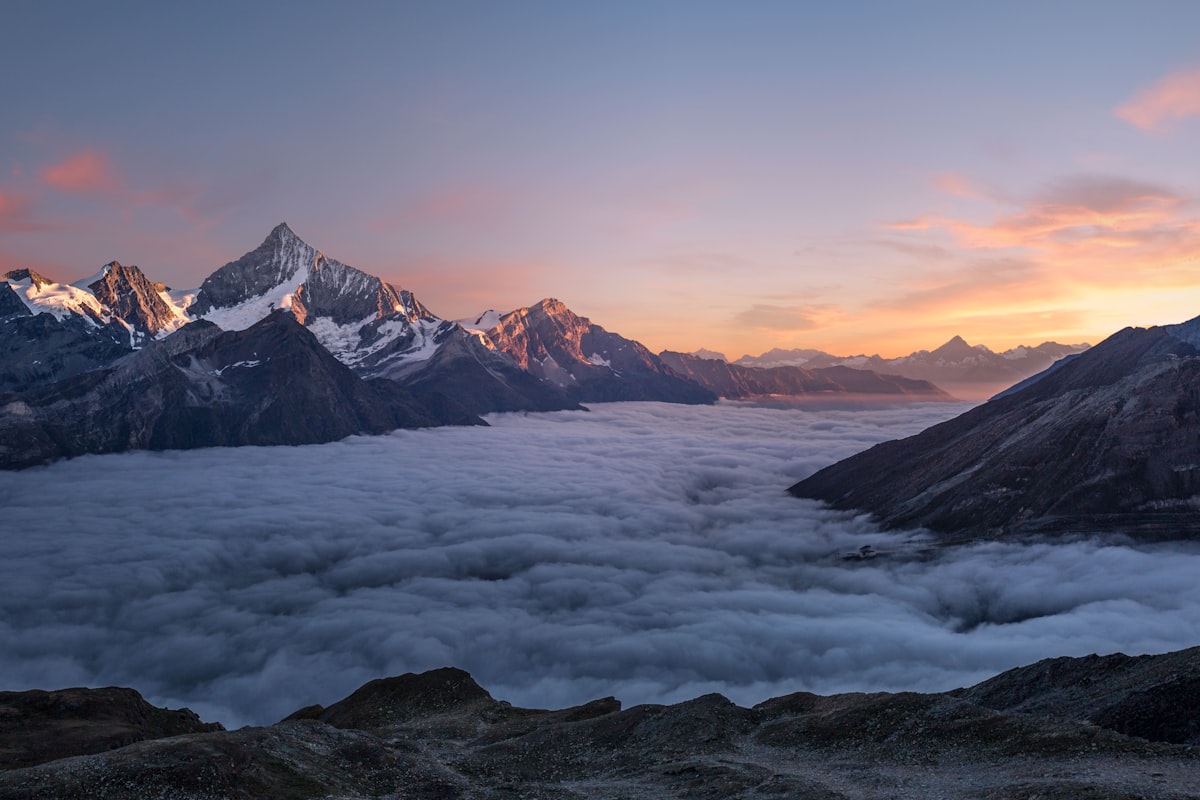
Australia's Red Centre represents more than dramatic landscapes—it preserves the world's oldest continuous culture and sacred sites that have guided Aboriginal peoples for over 65,000 years. Uluru stands as a spiritual monolith connecting ancient wisdom with contemporary conservation, offering profound cultural experiences for respectful visitors.
Uluru transcends its role as a geological wonder to embody the spiritual heart of Australia for the Anangu people. This sacred monolith, rising 348 meters from the desert floor, represents creation stories, law, and cultural practices that have remained unbroken for millennia.
Ancestral beings created the land, establishing laws and ceremonies still practiced today
Every feature tells stories and holds significance for traditional owners
Photography restrictions and sacred site respect ensure cultural preservation
Anangu people lease land back to Parks Australia, maintaining cultural authority
Authentic cultural experiences provide insights into the world's oldest continuous civilization through art, storytelling, and traditional practices. Aboriginal guides share knowledge that connects visitors to country and cultural understanding.
The Red Centre's landscapes tell geological stories spanning millions of years while supporting unique ecosystems adapted to arid conditions. These dramatic formations create natural amphitheaters for understanding Earth's ancient history.
36 massive rock domes formed 500 million years ago, offering challenging walks through sacred valleys and spectacular viewpoints.
Spectacular canyon with 100-meter-high sandstone walls, palm oases, and the challenging rim walk experience.
Ancient mountain range with spectacular gorges, swimming holes, and diverse wildlife corridors.
Despite harsh conditions, the Outback supports remarkable biodiversity with species uniquely adapted to desert life. From nocturnal mammals to resilient reptiles, these ecosystems demonstrate nature's incredible adaptability.
Red kangaroos, rock wallabies, dingoes, echidnas, and bilbies
Bearded dragons, perentie goannas, knob-tailed geckos, and woma pythons
Wedge-tailed eagles, zebra finches, budgerigars, and princess parrots
Responsible Outback tourism balances cultural respect with environmental protection while supporting Aboriginal communities and conservation efforts. Choosing appropriate operators and following cultural protocols ensures positive impacts.
The Australian Outback offers transformative experiences that connect visitors to the world's oldest living culture and most dramatic landscapes. Through respectful engagement with Aboriginal traditions and sustainable travel practices, every journey becomes an opportunity to support cultural preservation and environmental conservation while gaining profound insights into human resilience and connection to country.
Discover more about Aboriginal culture, Outback adventures, and sustainable tourism in Australia's Red Centre.